 |
| Whiteladies in 1660 |
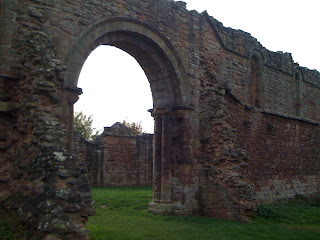 |
| Ruins of Whiteladies Priory in October 2009 |
 |
| Fields near Whiteladies |
Some of the king’s followers urged him to join General Leslie and make for Scotland, but Charles thought this “was absolutely impossible, knowing very well that the country would all rise upon us, and that men who had deserted me when they were in good order would never stand to me when they were beaten.” Charles still wanted to go to London, but his friends “with one voice begged of me not to tell them what I intended to do,” “because they knew not what they might be forced to confess.”
 |
| Inside the walls of Whiteladies, October 2009 |
 |
| Richard Penderel whom Charles called "Trusty Dick" |
 |
| Glove left by Charles at Whiteladies |
 |
| Charles changing into the clothes of a woodsman One of seven paintings by Isaac Fuller commissioned by Charles after his Restoration |
 |
| Walls of Whiteladies and countryside, October 2009 |
 |
| Joan Penderel the mother of the Penderel brothers |
 |
| Woods near Whiteladies |
It is possible Charles may have had some other company. I was intrigued to read in Allan Fea’s 1904 After Worcester Fight about a letter “supposed to have been written by Waller to St. Evremond” describing “an honest Worcestershire baronet” telling Charles after the Restoration about a blacksmith’s wife who “has sworn a child to Your Majesty.”
Fea goes on to describe a letter he had from “the daughter of the late Dean Howard of Lichfield, with reference to a family of the name of Radford, who formerly lived at Shakerley (a village a little over a mile to the southwest of Whiteladies.” A member of that family, the letter said, had married Nan Clarges before she married George Monck, Duke of Albemarle, who was enormously instrumental in bringing about Charles’s Restoration. “About the years 1850-1868 there were three generations … all blacksmiths. They all had the same swarthy complexions, long noses, large drooping eyelids, and dark eyes,” and the old curate, the Rev. J. Dale, said “these Radfords were descended from King Charles.”
 |
| Countryside near Boscobel and Whiteladies |
 |
| On the road to Whiteladies from Boscobel October 2009 - photo by Alice Northgreaves |
But Charles had plenty of time to worry, too. He had asked Richard Penderel what men of quality he knew on the way to London. Penderel didn’t know any. And from the coppice Charles could see a party of Cromwell’s cavalry pass on the road, looking for him and other Royalists fleeing Worcester. Getting to London might be as impossible as reaching Scotland. The next option was Wales, which was lightly held, had plenty of Royalists, including some he knew, and also had the port of Swansea, which had frequent trade with France.
 |
| Blackberries on road between Boscobel and Whiteladies |
 |
| Hobbal Grange around the turn of the 20th century from Allan Fea's The Flight of the King |
 |
| Hobbal Grange in about 1933 photo by H.P. Kingston included in The Wanderings of Charles II in Staffordshire and Shropshire |
 |
| Stone wall on road between Boscobel and Whiteladies |
 |
| Father John Huddleston Decades later, he effected Charles's deathbed conversion to Catholocism |
 |
| Moseley Old Hall 2009 photo by Alice Northgreaves |
Wilmot had a safe refuge, but Moseley Hall was too near the road to chance taking in strange horses. So Whitgreave sent to Colonel John Lane at nearby Bentley Hall to ask if he would shelter Wilmot’s horses. Lane had served under Wilmot and was happy to do what he could, so he took the horses into his stables, and promised to go to Moseley the next night to see Wilmot. And thus the fate of John’s sister, Jane Lane, was about to become entwined with that of the king.
If you want to read more about the Royal Miracle, as Charles’s escape came to be called, I can recommend Charles II’s Escape from Worcester, edited by William Matthews, which presents Pepys’s transcription of Charles’s account and his edited version side by side, as well as other contemporary accounts; The Escape of Charles II After the Battle of Worcester by Richard Ollard; A. M. Broadley’s 1912 The Royal Miracle: A Collection of Rare Tracts, Broadsides, Letters, Prints, & Ballads Concerning the Wanderings of Charles II After the Battle of Worcester, which also chronicles the delightfully daffy 1911 reenactment of the events; both the 1897 and 1908 editions of The Flight of the King by Allan Fea, as well as his After Worcester Fight; The Boscobel Tracts, a collection of contemporary accounts edited by J. Hughes and published in 1857; The Wanderings of Charles II in Staffordshire and Shropshire by H.P. Kingston; and Jean Gordon Hughes’s A King in the Oak Tree.
Most of the old photos, drawings, and engravings used in subsequent posts are from Fea's books and The Royal Miracle.
Also of interest is the blog “In Pursuit of History,” by Tom Skyes, who is coincidentally also writing about Charles’s escape right now. http://inpursuitofhistory.com/2011/08/21/in-pursuit-of-charles-ii-boscobel




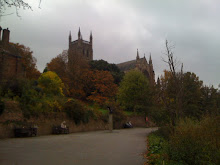
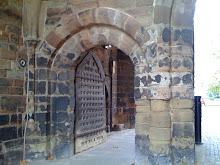



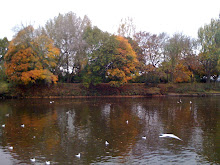
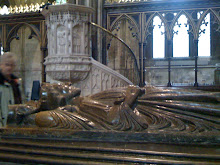
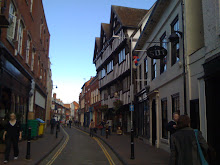

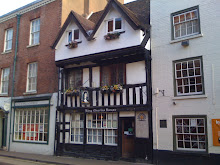
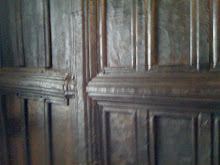
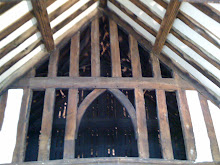



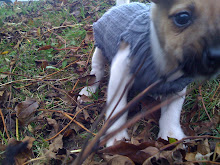

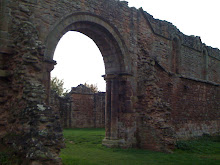




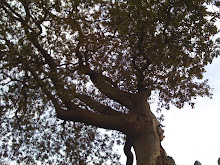



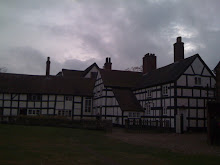

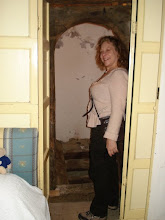
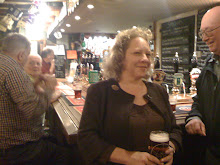
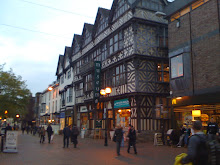
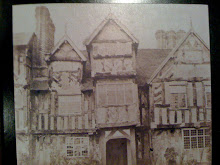


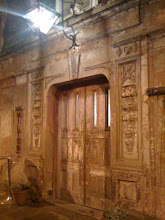
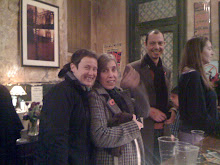


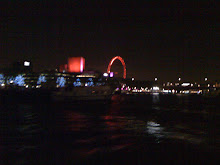

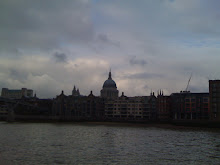
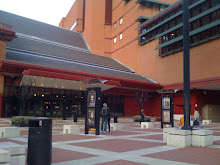

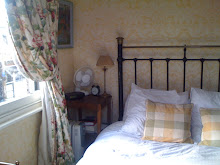
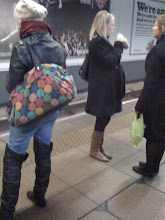



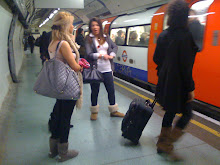

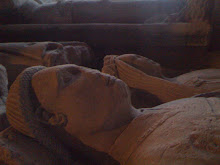
Very interesting as live locally. I can see that the contempory drawing of Whiteladies Priory in 1660 could be correct, with evidence of the ruins of the similar stone arch, however the drawing at the end which you say is a contempory representation of Boscobel appears to be also at least based on the same Whiteladies design?
ReplyDelete